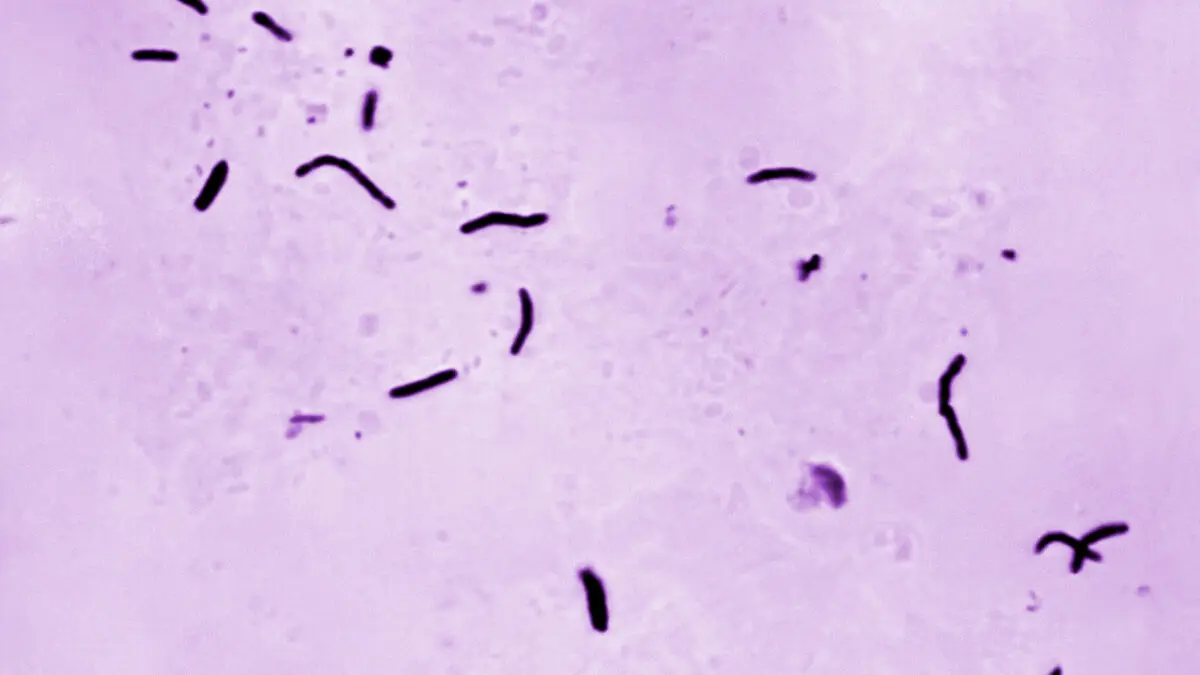Diagnosing tuberculosis in children using a sputum sample is difficult, yet that's how doctors have tested for the infectious disease in children – until now.
Three years ago, the World Health Organization (WHO) developed and recommended algorithms based on other common symptoms that can establish a diagnosis without laboratory tests.
"Yet we can see that not many countries have implemented this. What we have done with our study is to show in black and white that this works," says Mia Hejdenberg, who is a medical humanitarian advisor.
Twice as many
MSF's study evaluated the WHO algorithms in 1,846 children under ten years of age with symptoms suggestive of tuberculosis between August 2023 and October 2025 in five countries: Uganda, Niger, Nigeria, Guinea and South Sudan.
According to Hejdenberg, the majority of children with tuberculosis could be diagnosed correctly.
They may have standard symptoms like cough, night sweats and weight loss. These are quite common symptoms and with the help of algorithms, doctors can initiate treatment even if it cannot be proven with a laboratory test, she says.
– We conclude that we have been able to implement twice as many treatments compared to if we had only gone through laboratory tests.
Global spread
The hope is now that more countries will begin to use WHO's algorithms for diagnosis.
It is a disease that has a large global spread. Ukraine is one of the countries in this part of the world with the highest proportion of tuberculosis patients. This particular lack of diagnostic tools also applies to countries closer to us.
Although tuberculosis is treatable, it is still the world's deadliest infectious disease.
In 2023, an estimated 1.2 million children under the age of 14 fell ill with tuberculosis.
Almost half of these children do not receive a diagnosis and thus miss out on life-saving treatment.
Diagnosing tuberculosis in children is difficult because current tests are not adapted for children.
Children often have lower levels of bacteria in their lungs than adults and also have difficulty coughing up mucus for a sample.
Source: Doctors Without Borders





